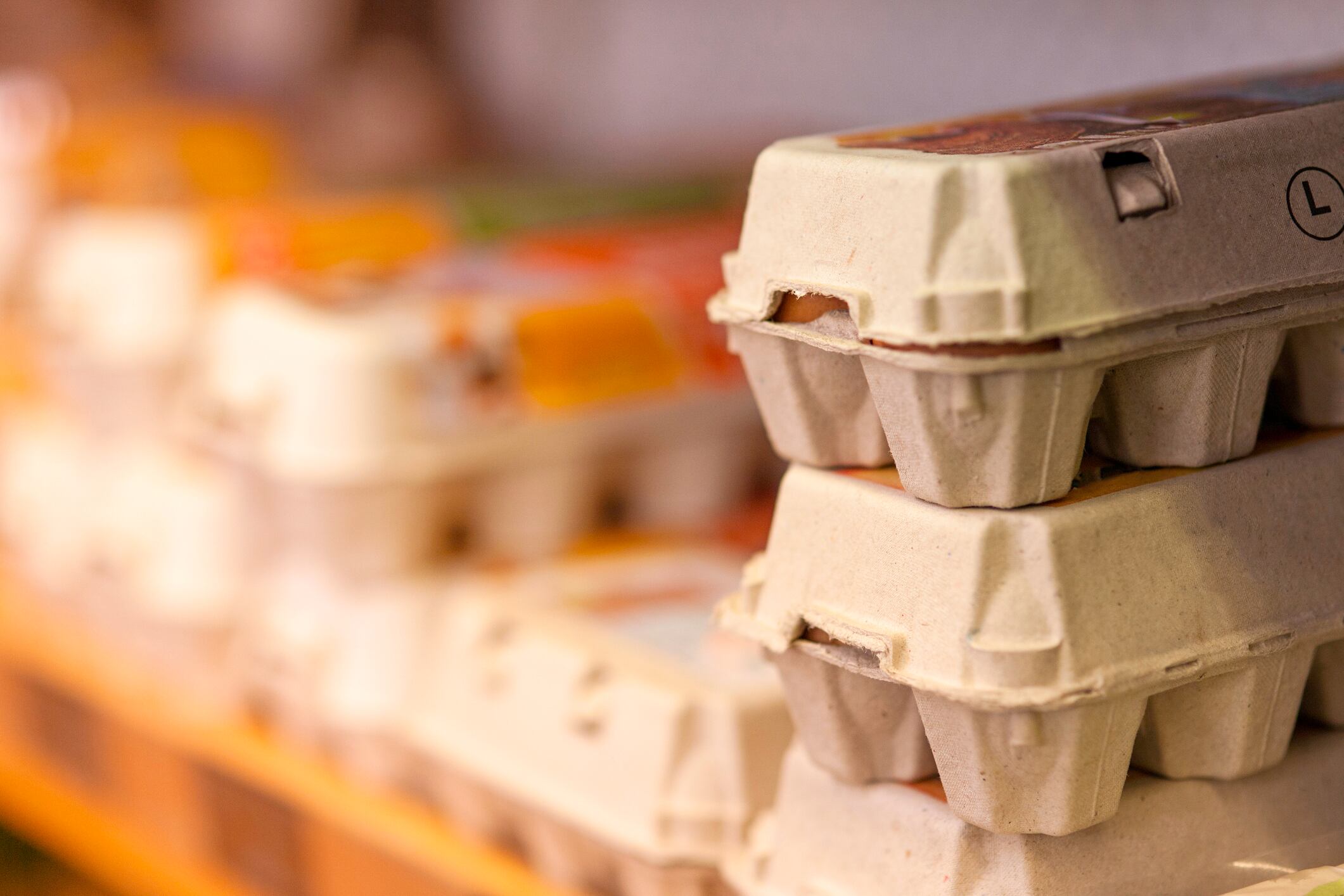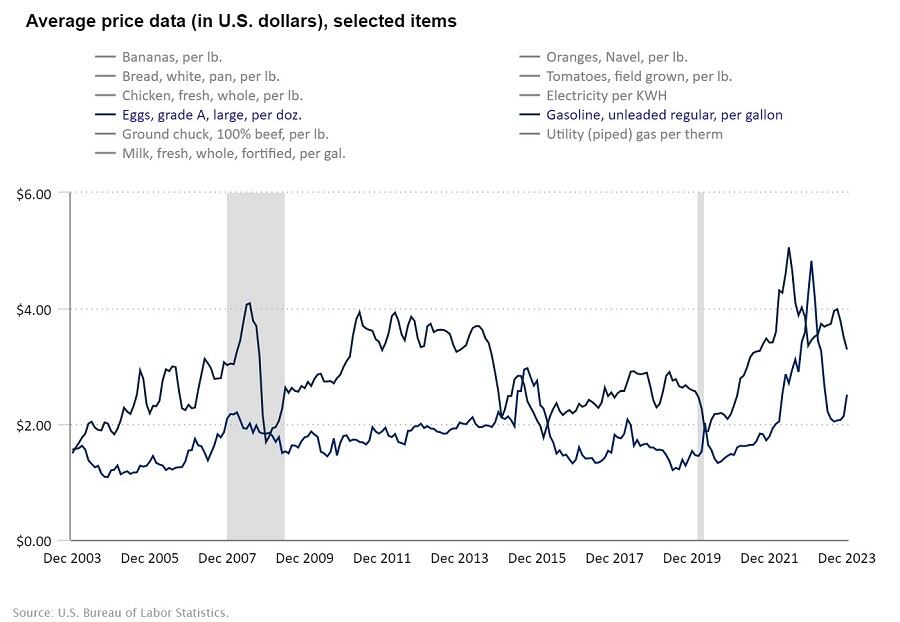Media attention around high egg prices is spurring demand for the food as the industry and regulators desperately seek a solution to the avian flu crisis.
US refrigerated egg sales reached $2 billion in January, increasing 73.9% in dollars and 4.1% in units compared to the same time last year, according to Circana data shared during an International Dairy Deli Bakery Association webinar.
Eggs outgrew the broader dairy category in January, increasing 15.6% in dollars and 3.3% in units, compared to the same period last year. The dairy category includes eggs, milks, creams, cheese, yogurt and other products.
The main culprit in high egg prices is avian flu, which is constraining supplies. In 2025, egg producers lost 26 million birds to avian flu — 71% from conventional caged hens and 29% from cage-free — on top of 13.2 million hens in December, according to USDA data.
Headlines on high egg prices and avian flu drew attention to the protein-rich food, driving up demand and sales in turn, said Jonna Parker, principal II of Circana’s fresh foods client insights group.
“Eggs have become a vital, affordable protein in an era where protein — especially versatile protein — is very popular,” Parker elaborated.
Trump admin’s response to bird flu
Egg prices became a flashpoint in the 2024 US presidential election, symbolizing consumers' concerns on high food prices and general inflation. President Donald Trump tapped into consumers’ concerns on food prices, partially contributing to his re-election.
Within its first month, the Trump administration paused agency communications across the FDA, USDA and other organizations. Additionally, the Trump administration laid off or urged government employees to quit as part of Elon Musk’s Department of Government Efficiency program.
Egg prices by state and regions
The nationwide average price for a dozen large grade A eggs was $6.23 on Feb. 8, increasing 62.3% from $3.84 a year ago, according to Datasembly calculations.
Prices vary by state and territory. Egg prices in California, Puerto Rico and Hawaii averaged $8.91, $8.33 and $8.08, respectively on Feb. 8. Conversely, Missouri, Iowa and Wisconsin egg prices were the lowest in the nation, averaging $5.77, $5.80 and $5.82, respectively, according to Datasembly.
The Agriculture Department let go and then scrambled to rehire government employees associated with the federal response to the avian flu, the AP first reported.
Temporary pauses on agency communications are common, but the pause is holding up final rulings on numerous initiatives, including front-of-pack labeling and healthy claims, as Jessica O’Connell, partner at law firm Covington and Burling, shared in a recent article. Additionally, this pause might be impacting the response to avian flu, several trade groups said.
A consortium of food non-profits and animal rights groups, including the Better Food Foundation, Center for Food Safety, Institute for Agriculture and Trade Policy and Nutrient Density Alliance, signed a letter Feb. 24 urging the CDC to unfreeze its communications related to avian flu.
Separately, USDA Secretary Brooke Rollins met with farmers on Feb. 20 to discuss the avian flu outbreak and egg prices, casting blame on the former administration for the issue. “The Biden administration failed to lead on this issue,” alleged USDA in a statement.
What CPG brands and retailers can do to promote eggs
High egg prices also have a knock-on effect on other food and beverage categories that rely on the ingredient for its protein content, Parker said. The consumer price index for food — a measure of inflation — rose 0.5% on food-at-home while away-from-home popped 0.2%, partially attributed to high egg prices.
“If eggs have an uncontrollable cost of goods increase, adjacent items may suffer. We have seen that time and time again in this inflationary period,” she elaborated.
Retailers cannot afford to discount eggs, given short supplies and high prices, but they can be creative with promotions, Parker noted. For instance, retailers can create promotions where consumers receive a discount on a non-egg item (bread, bacon, etc.) when they purchase eggs, she added.
“That creates deeper baskets and retailer stickiness, and by the way, differentiates a retailer who does price promotion from the everyday low-price retailers,” Parker elaborated.




